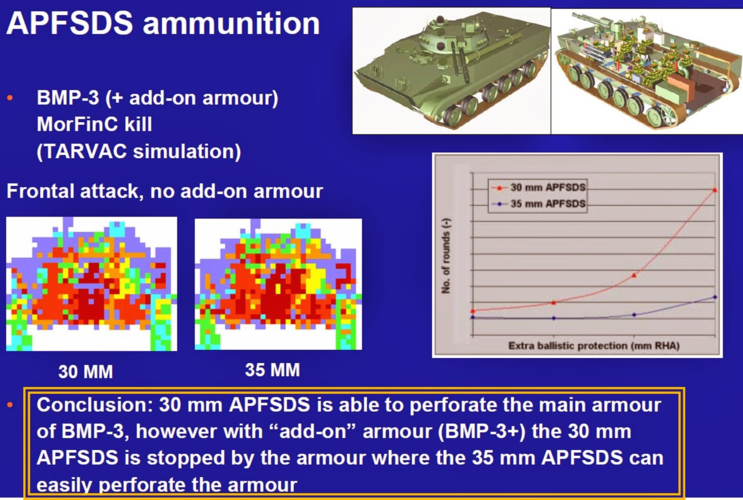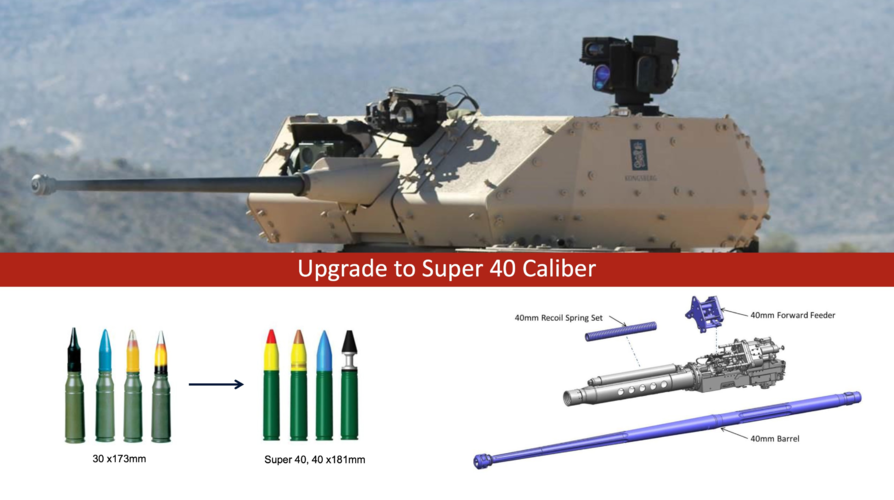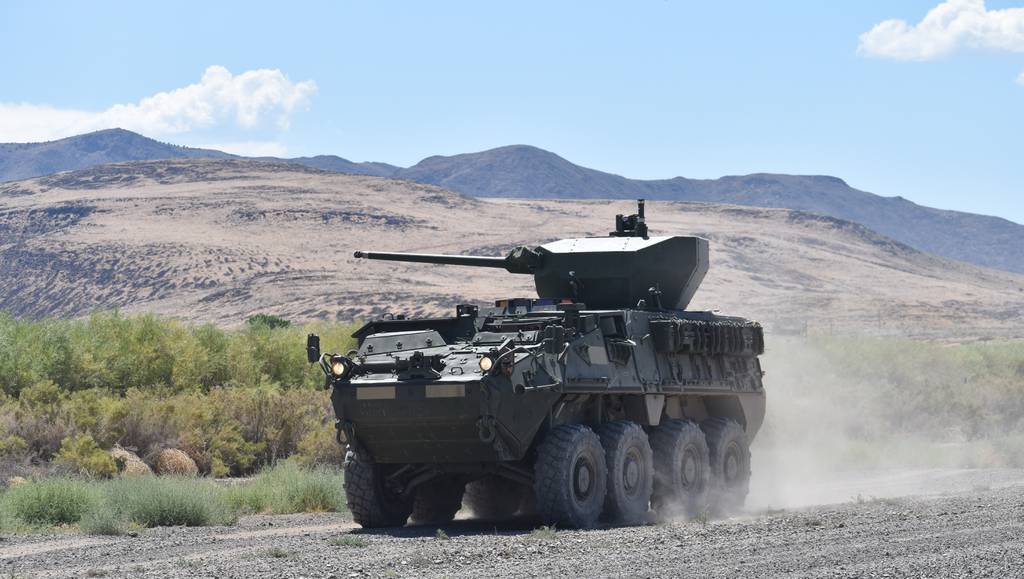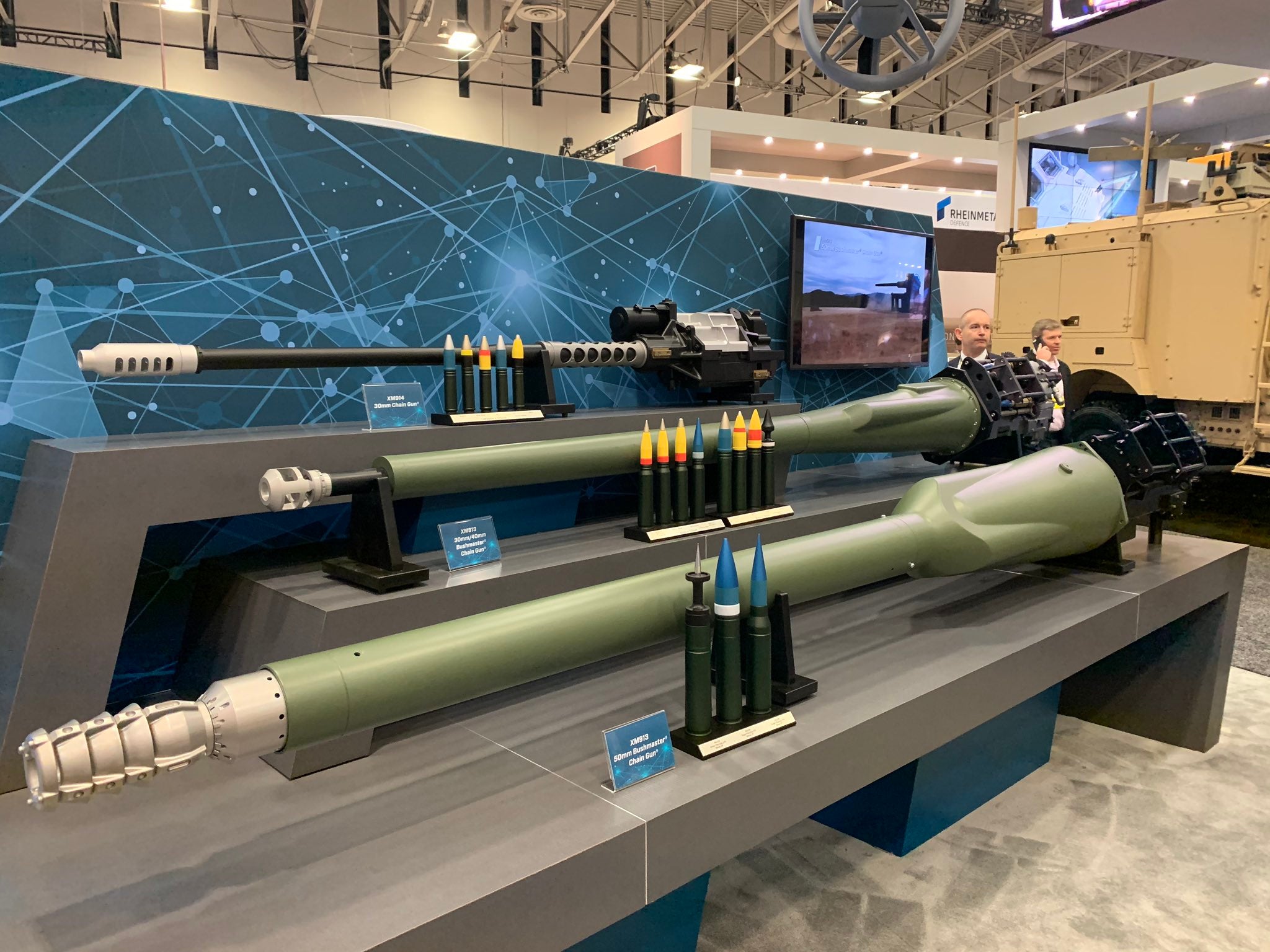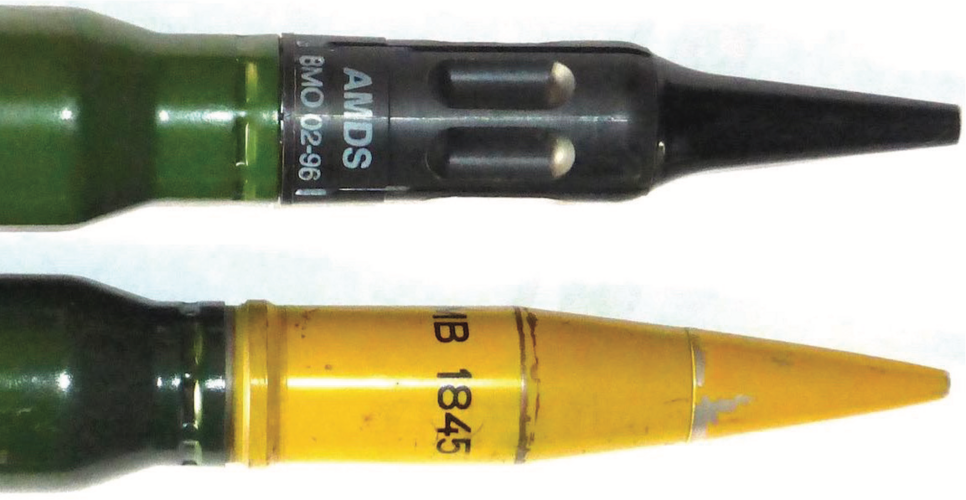Regarding different chain gun calibers I think a variant of the Bushmaster in the higher power 25mm used by the Oerlikon KBB would have been pretty impressive. I've heard the caliber quoted as 25x173mm, 25x180mm, 25x181mm, and 25x184mm but I've no idea which is correct. Muzzle velocity must be very high.
It appears the actual case length varied depending on the nature of projectile, so anything from 174mm to 184mm was possible with different loads. I've seen MVs as high as 1400 m/s quoted for the APDS round, which isn't much faster than 25x137 (which is around 1370 m/s). It is a heavier slug, though, so about 12% more muzzle energy (147 kJ vs 131 kJ).
Sources: Rapid Fire (by Tony Williams) and
https://forum.cartridgecollectors.org/t/25x181kbb-apds-t-now-sectioned/10922/2
This is the entry for the 25mm KBB ammunition in my new book,
Autocannon: a History of Automatic Cannon and their Ammunition, which will get published sometime this summer..... I hope.
25 × 173/181 OERLIKON KBB
The 25 × 137’s big brother, developed from 1966, uses a lengthened version of the same case in two versions with different neck lengths: 181mm with Anti-Missile Discarding Sabot (AMDS) and other discarding sabot rounds, and 173mm for full-calibre TP-T and HE loadings (see photo below). To compli- cate matters further, this round was for a long time commonly referred to as the 25 × 184; at least one example with this case length is known, so it may have been tried in development.
View attachment 675837
Although the KBD rotary cannon was developed to fire it, the only service use is in the Oerlikon KBB single-chamber
gun, which itself has only been used in a naval CIWS which was purchased only by Turkey. Although it remains in service, it is being gradually replaced and it seems unlikely to enjoy a long future. The ammunition is no longer advertised.
Overall round length is 288mm and weight is 620g. Combat loadings are:
- HEI SD: 230g hardened steel shell with ballistic cap, contains 20g Hexal plus incendiary mix; base fuze with self-destruct function; MV 1,160m/s.
- APDS-T: 190g projectile with 14.5mm diameter, 156g tungsten alloy penetrator in a plastic/light alloy sabot; MV 1,285m/s; penetrates 34mm/60°/1,000m (also AMDS without tracer, and FAPDS; same ballistics).

